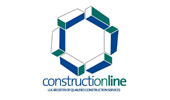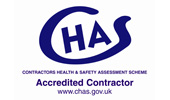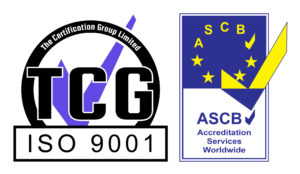Latex Self Levelling Compound
Why Latex Self Levelling Compound?
I’m Andy Parkin, Managing Director of the Multi-Award Winning Speed Screed. In this article, I am going to take a look at latex self levelling compound.
Firstly, calling something ‘self levelling’ can be a little misleading because the screed will not level itself. In reality, the screed should be called self-smoothing. However, it is more commonly known as self-levelling within the industry.
Latex self levelling compound differs from the usual self screeds
The difference between ordinary screed and the latex self-levelling variety is that it contains a latex additive. Instead of using water to mix, this is replaced with latex. There is no need to add any additional water to this screed. The latex floor screed will then provide a good, level surface on which to lay carpet, vinyl, tiles or other final flooring solutions.
With the additional latex comes added flexibility, so if there is any type of movement in the base layer or substrate the compound can adjust and allow for that movement. This makes the latex screed perfect for bonding to materials that may be problematic for other types of screed, like plywood, for example.
Latex self levelling compound/floor screed is used for a variety of projects so it is worth looking at the type of applications it is most useful for:
Bonded screed layer – this is perfect for self levelling latex screed because the compound needs to form a good bond with the base layer.
Unbonded screed layer – the screed is not best suited for this type of construction because of the presence of a membrane between the substrate and screed.
Floating screed layer – this is used for sound or heating installations and because the screed sits of an insulation layer it is not a suitable form of construction.
Latex Self levelling Compounds: Preparation of the Substrate
When using latex screeds the key factor is the strength of the bonding process. The substrate must be completely solid without any cracks, crumbling areas or other problems with integrity. If the latex screed is placed on a suboptimal substrate it is likely to crack or delaminate.
Always take care to make sure that the substrate is free from any contaminants. This can mean dust, oil, grease or anything that can get into the screed. Any contamination must be removed before the latex self levelling compound is applied and this can be done mechanically by shot blasting or grinding the area. Any paint present on the substrate should also be removed.
Once mechanical cleaning is completed the area should be vacuumed to remove any remaining dust or dirt and a primer applied to help the latex self-levelling screed to bond firmly. Some types of latex self levelling compounds do not need the primer – always refer to the manufacturer’s instructions.
Recommended thickness
Each manufacturer has their own guidelines for thickness. As a rough guide, the minimum depth for this type of screed is around 2-3mm, with the maximum depth at 10-15mm. However, with some products thickness can be increased to around 30mm by adding in bulking aggregates following manufacturer’s guidance.
Latex self levelling compounds are usually used to help smooth the surface of a concrete or screed layer so that a thin floor covering can be laid. When properly applied it should stop any imperfections in the base showing through the final floor coverings.
If you need any more information about latex self levelling compounds, please get in touch with our helpful and experienced office team.
Our Accreditations
About Speed Screed
Speed Screed Limited was founded on the key principle of providing first-class customer service. It has since built itself an impressive reputation for delivering high-quality projects across the United Kingdom Floor Screed.
The company’s success is built on its belief in quality work, attention to detail, on-time completion, strong working partnerships and the recruitment of top-level staff. about us >








